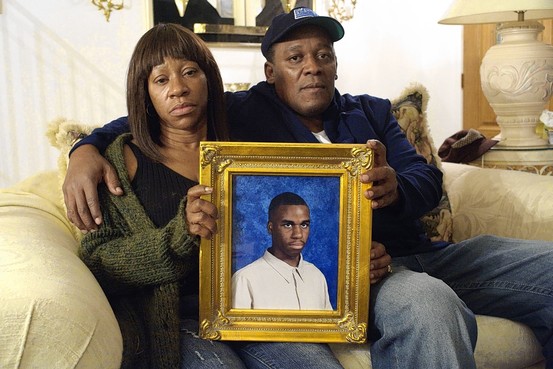 Our Partner Ben Rubinowitz will be lecturing at the DECISIONS 2011 Program at the Prince George Ballroom, 15 East 27th St. New York City on Saturday, September 10, 2011. This is the Flagship Program Sponsored by the New York State Trial Lawyers Institute. This annual event is designed to provide insight, information and current trends in the law to Practicing Attorneys throughout the State. Recognized as an expert in the Fields of Personal Injury, Products Liability and Medical Malpractice Cases, Mr. Rubinowitz will be lecturing on Trial Practice with specific emphasis on new cases and trends in the law including important topics such as:
Our Partner Ben Rubinowitz will be lecturing at the DECISIONS 2011 Program at the Prince George Ballroom, 15 East 27th St. New York City on Saturday, September 10, 2011. This is the Flagship Program Sponsored by the New York State Trial Lawyers Institute. This annual event is designed to provide insight, information and current trends in the law to Practicing Attorneys throughout the State. Recognized as an expert in the Fields of Personal Injury, Products Liability and Medical Malpractice Cases, Mr. Rubinowitz will be lecturing on Trial Practice with specific emphasis on new cases and trends in the law including important topics such as:
SOCIAL NETWORKING
What are the affirmative and defensive uses of Social Networks?
 New York Personal Injury Attorneys Blog
New York Personal Injury Attorneys Blog






